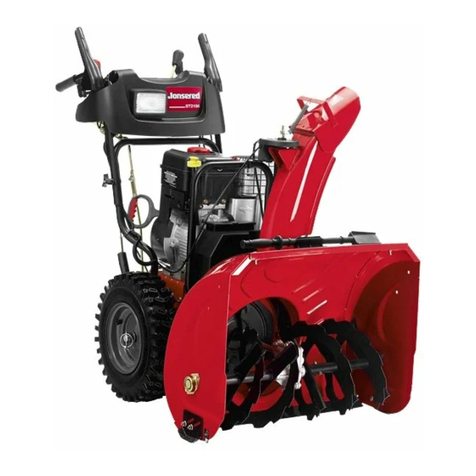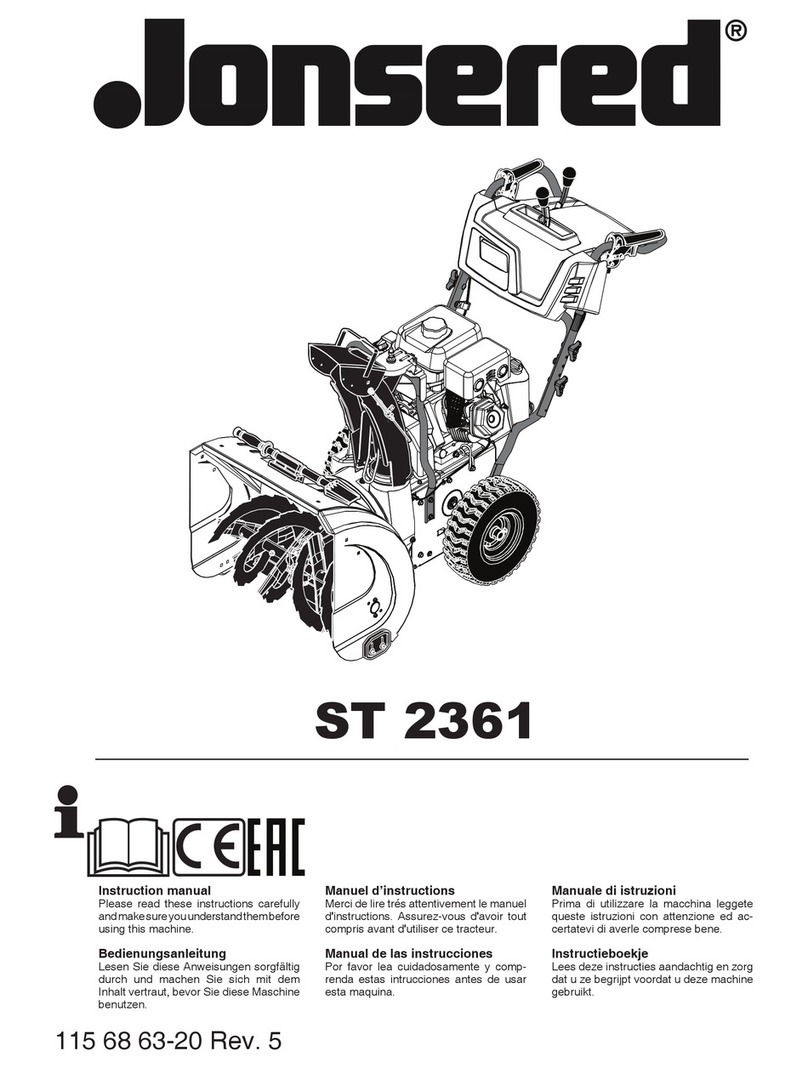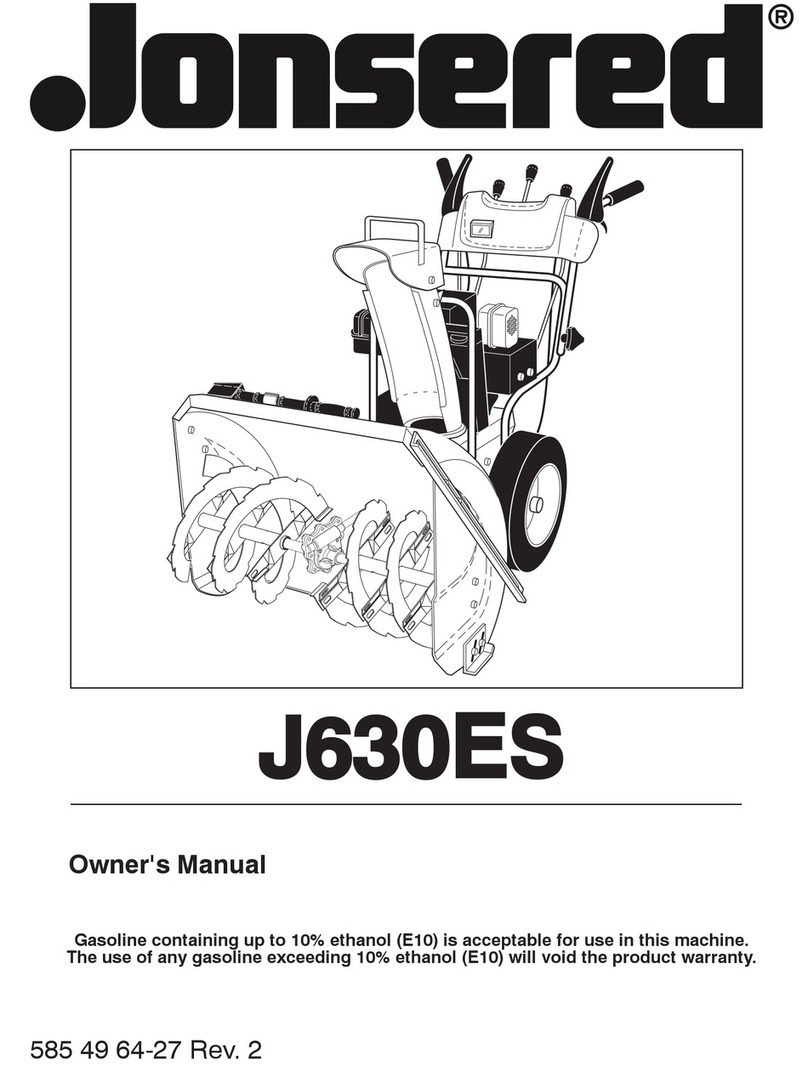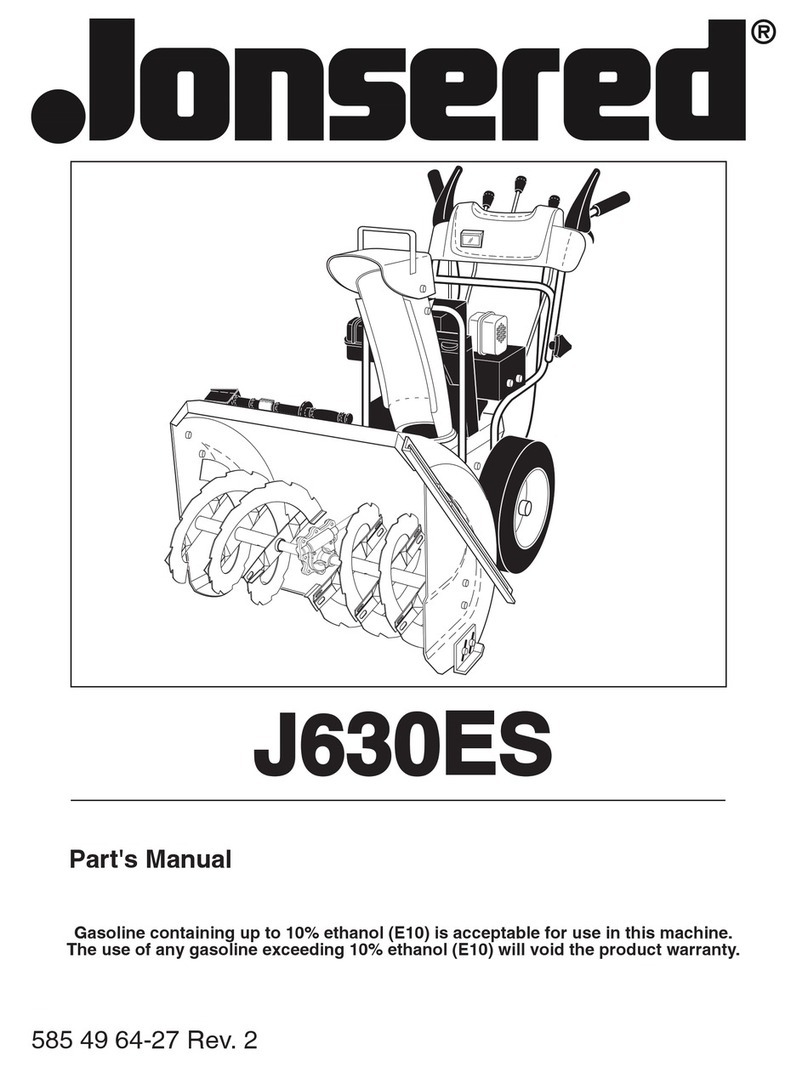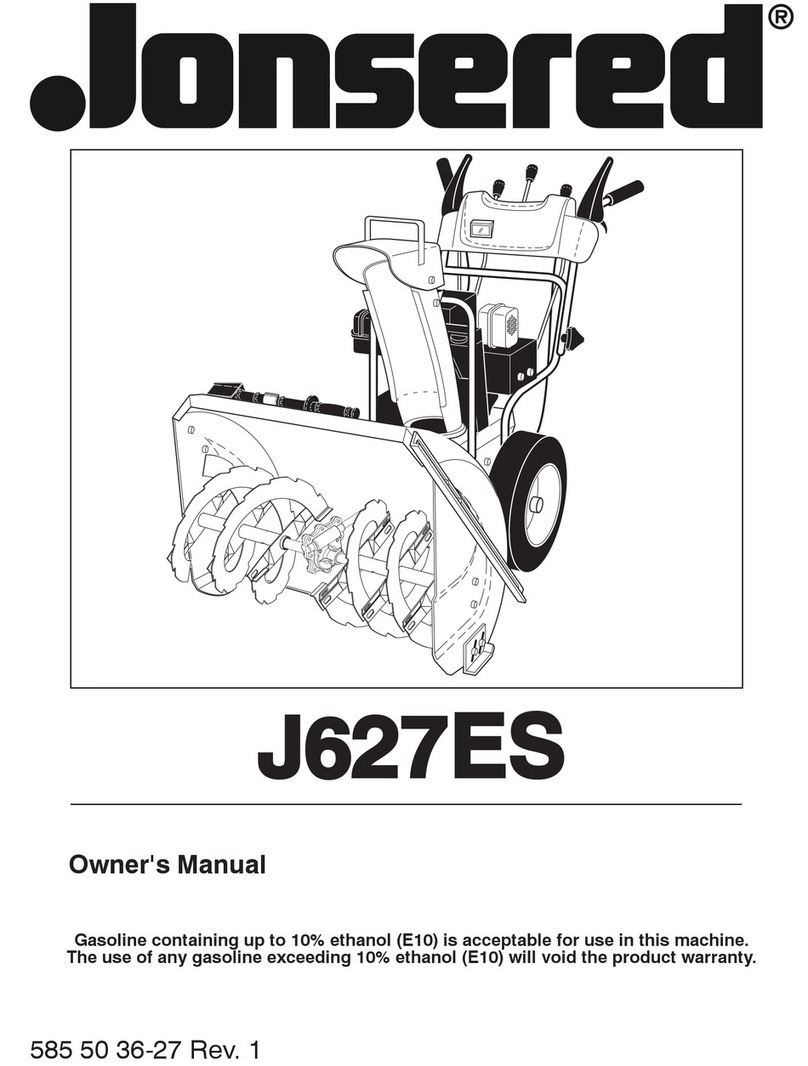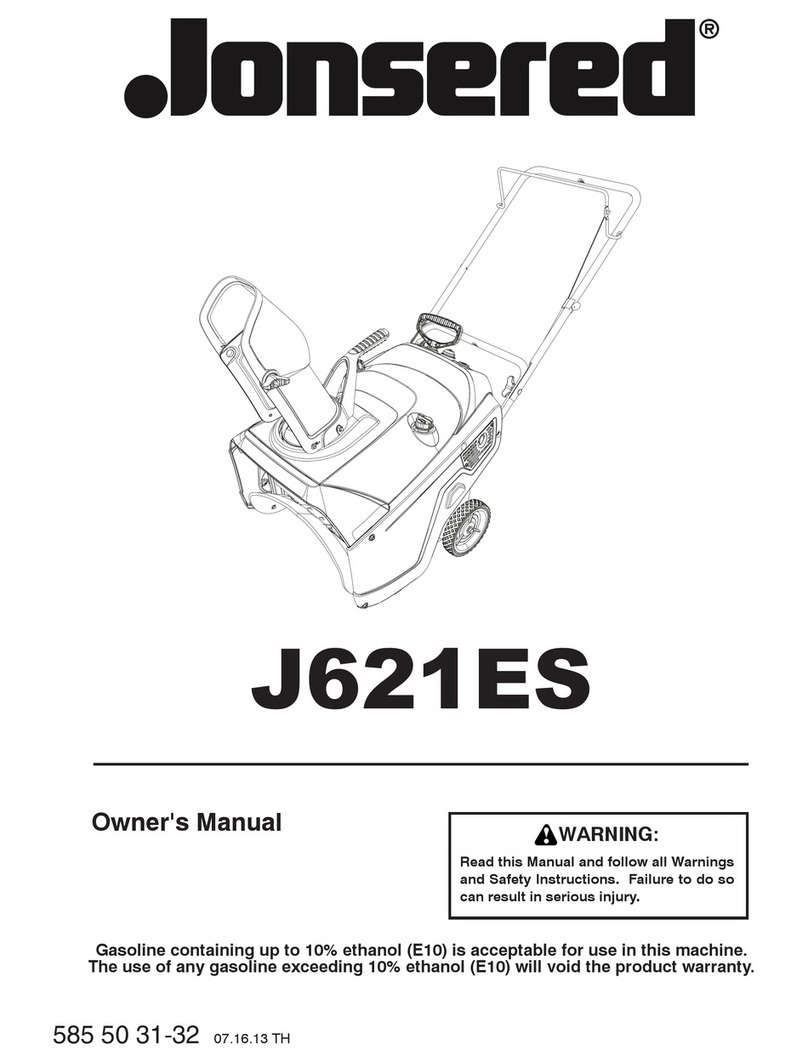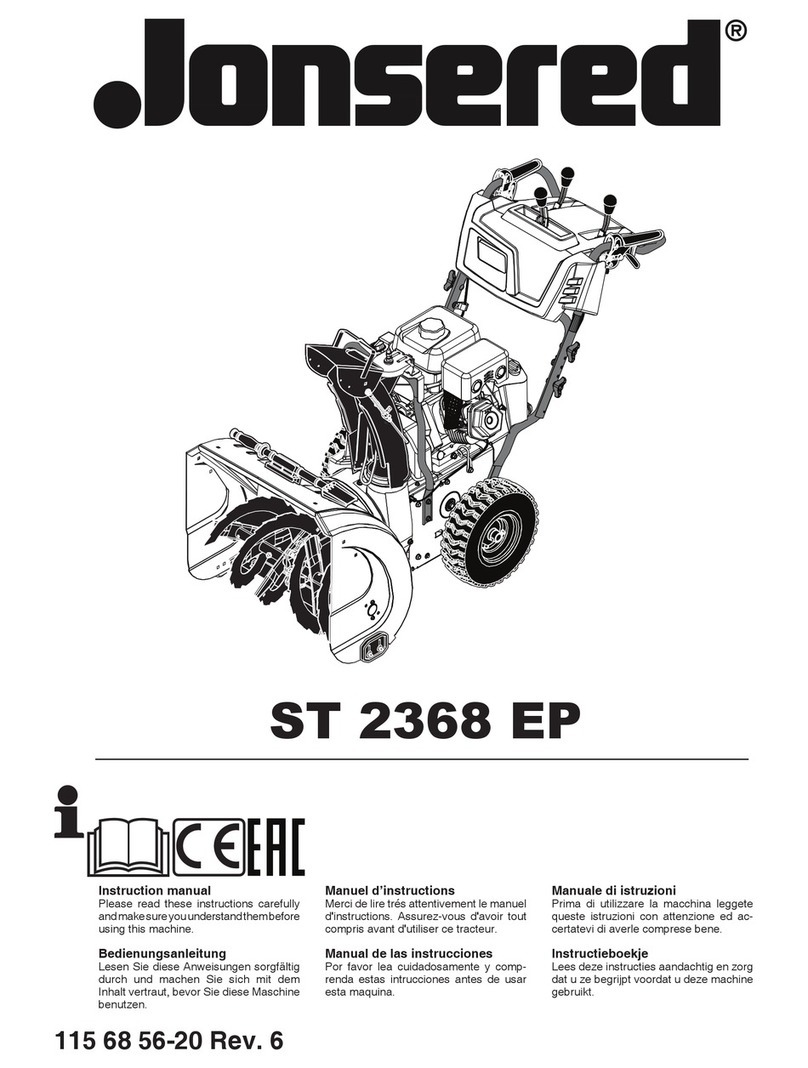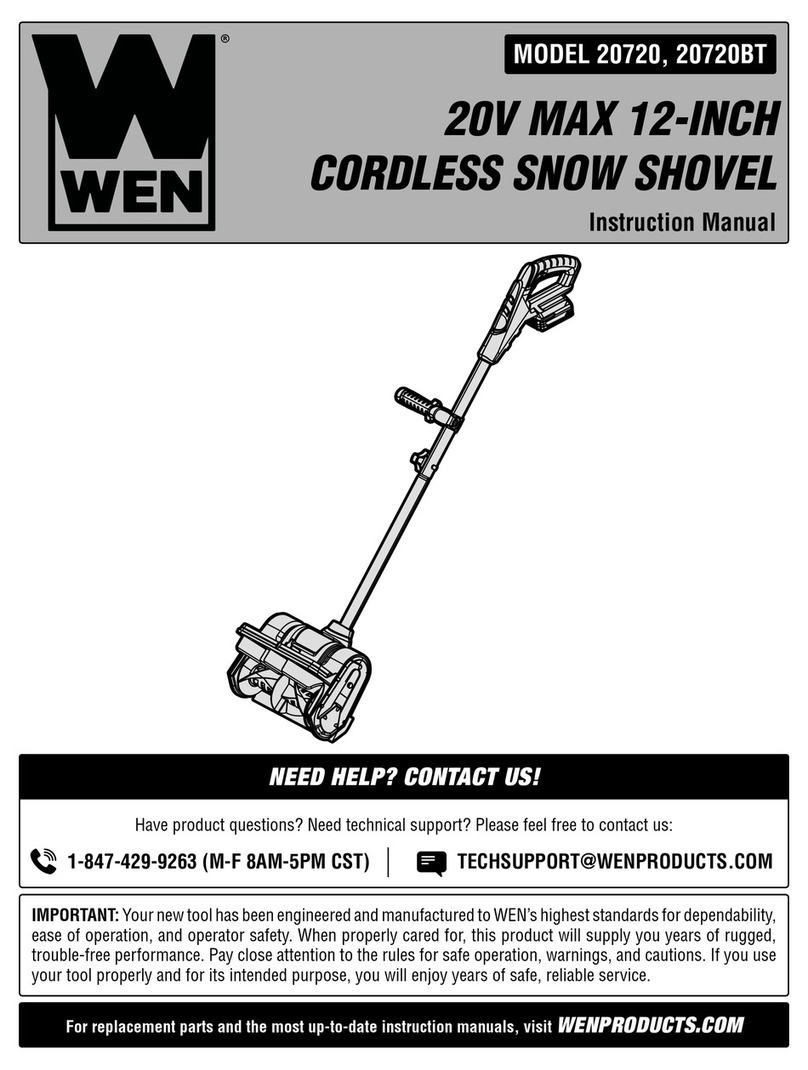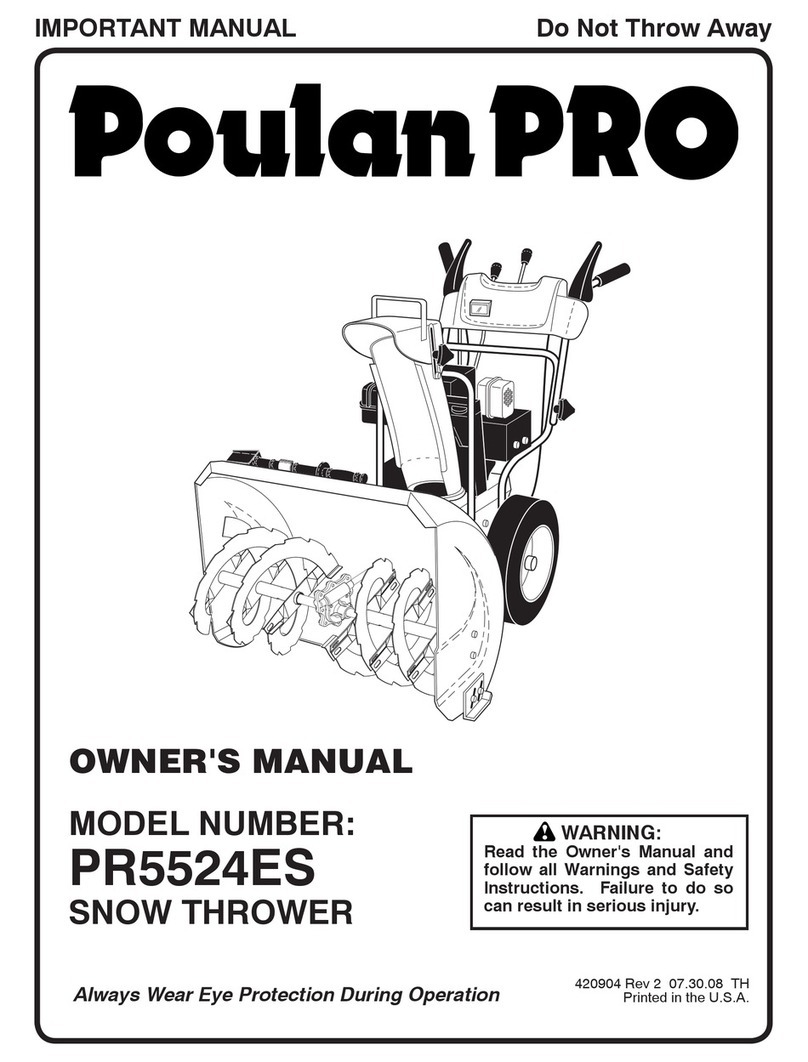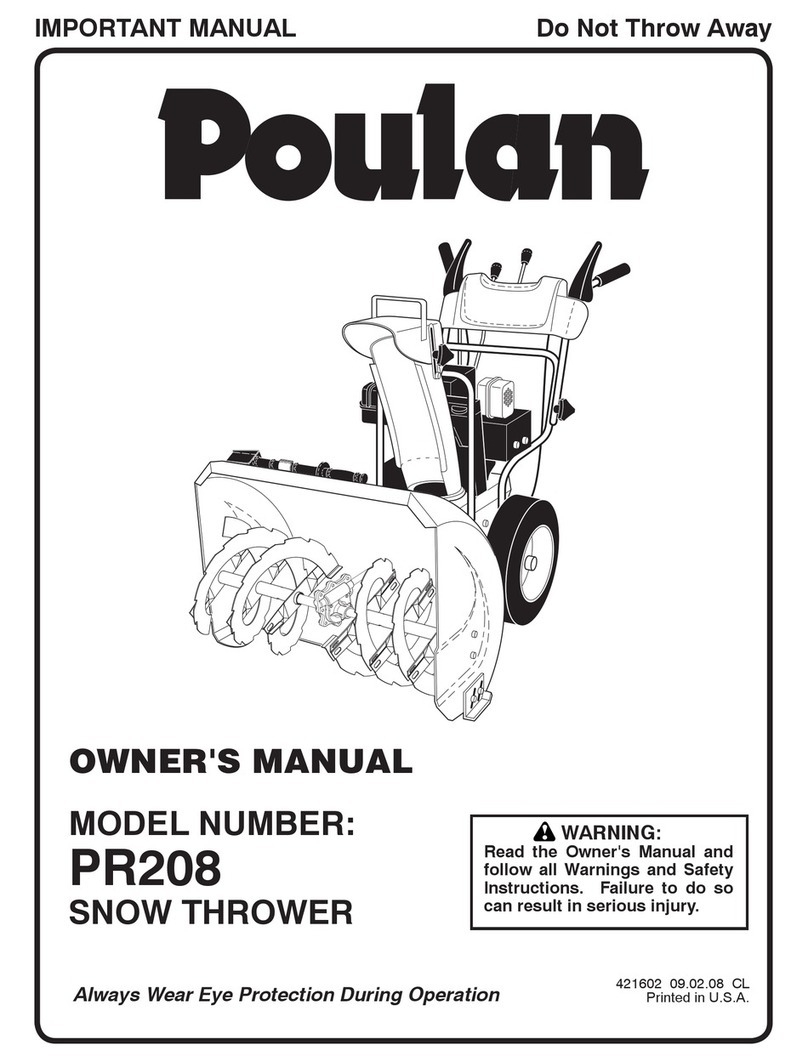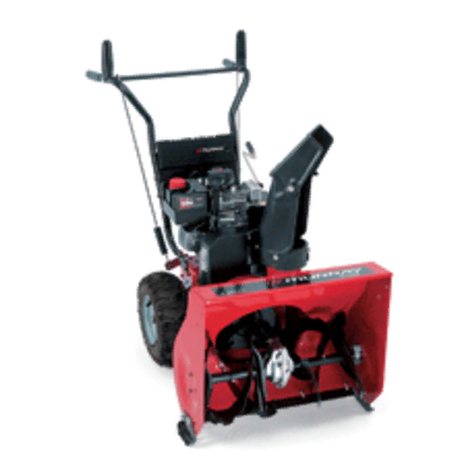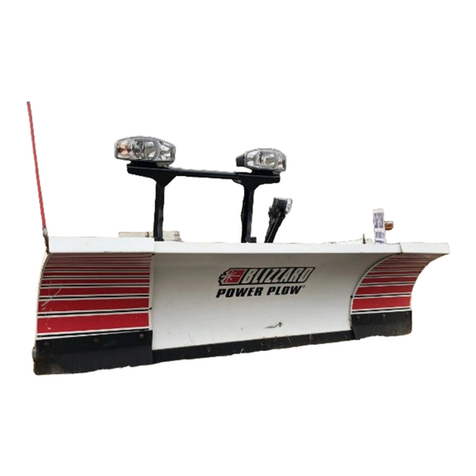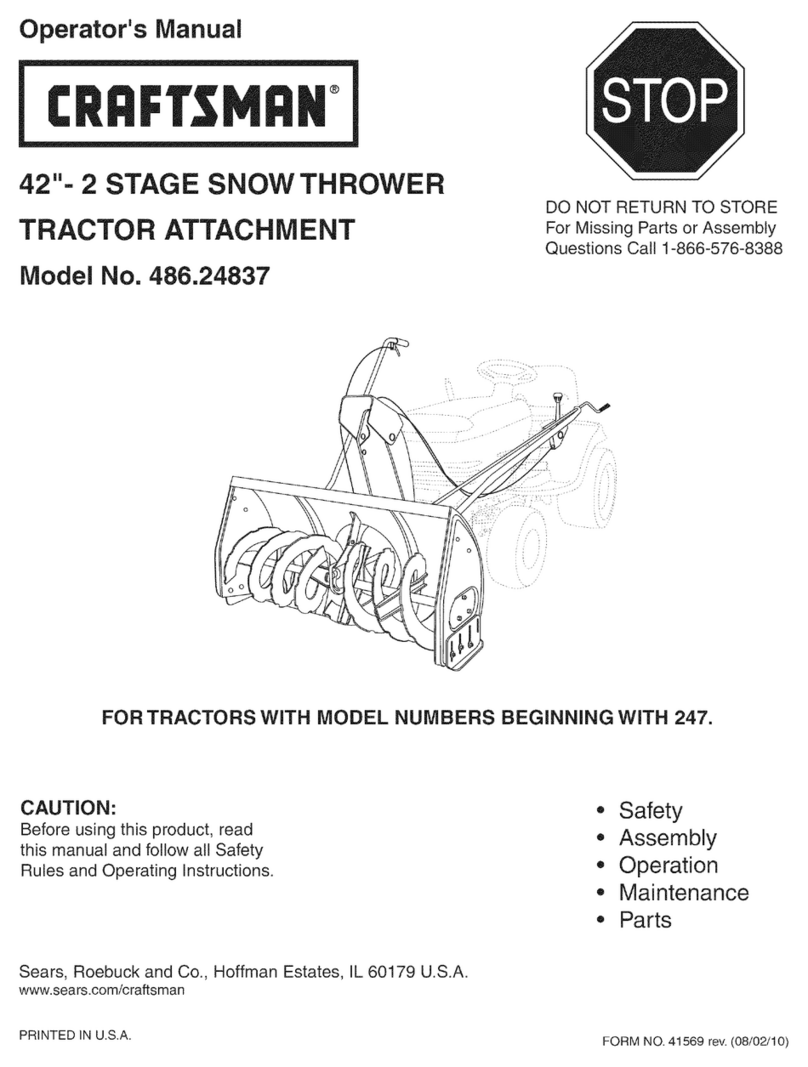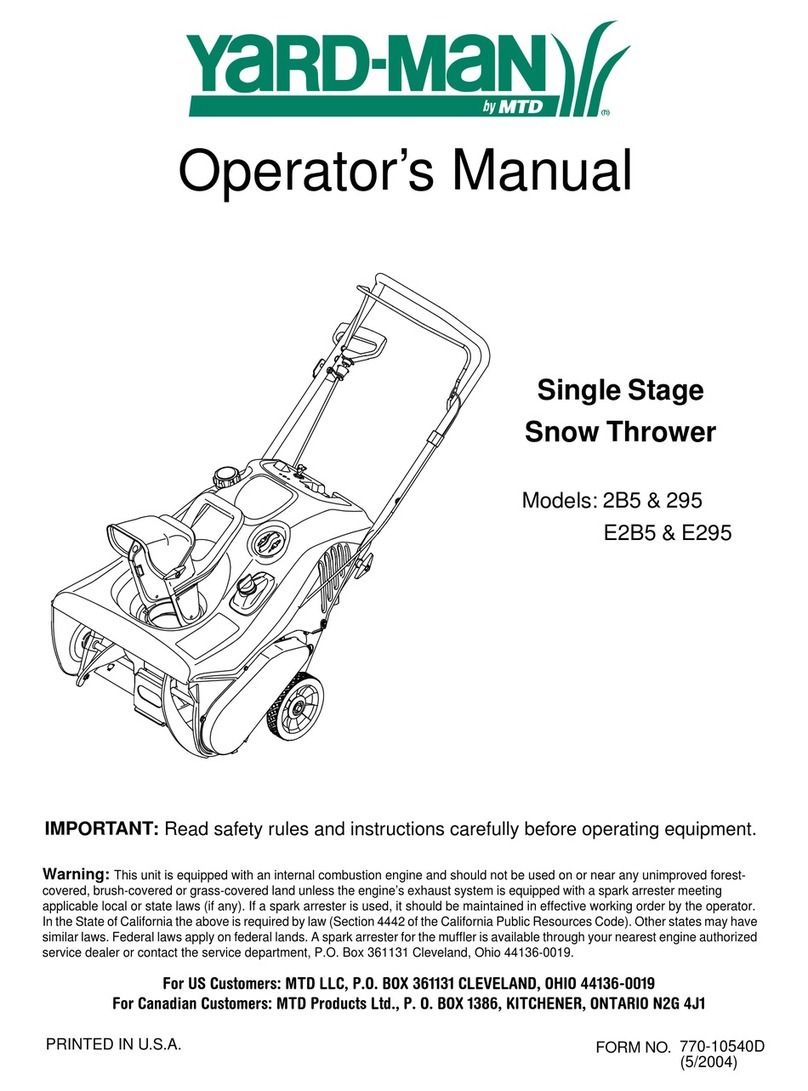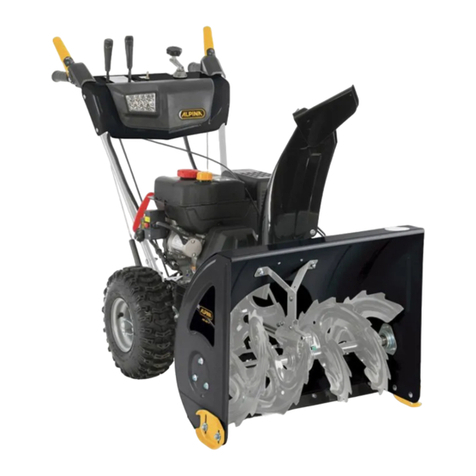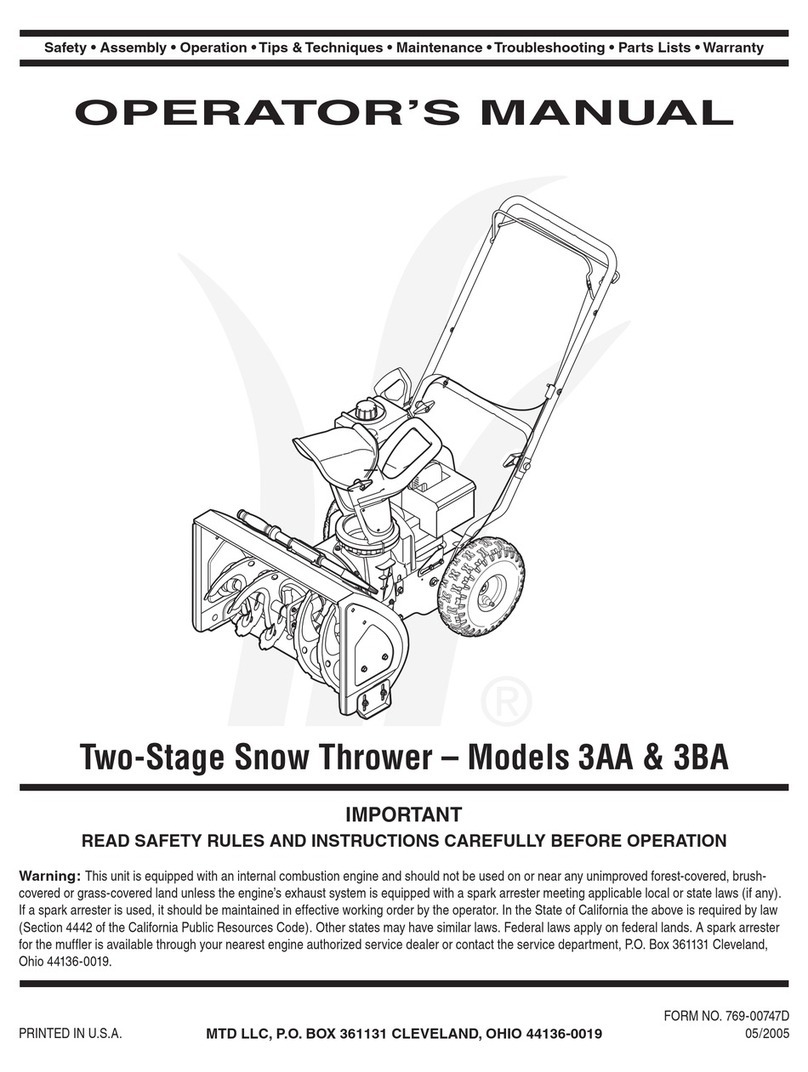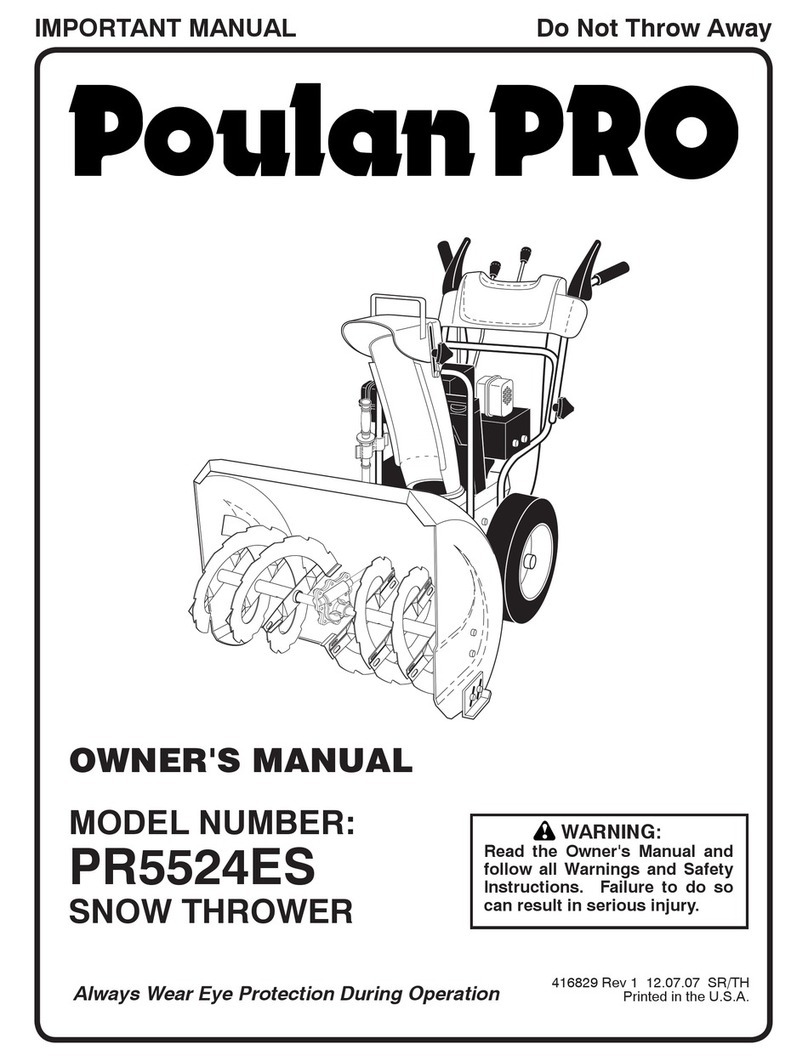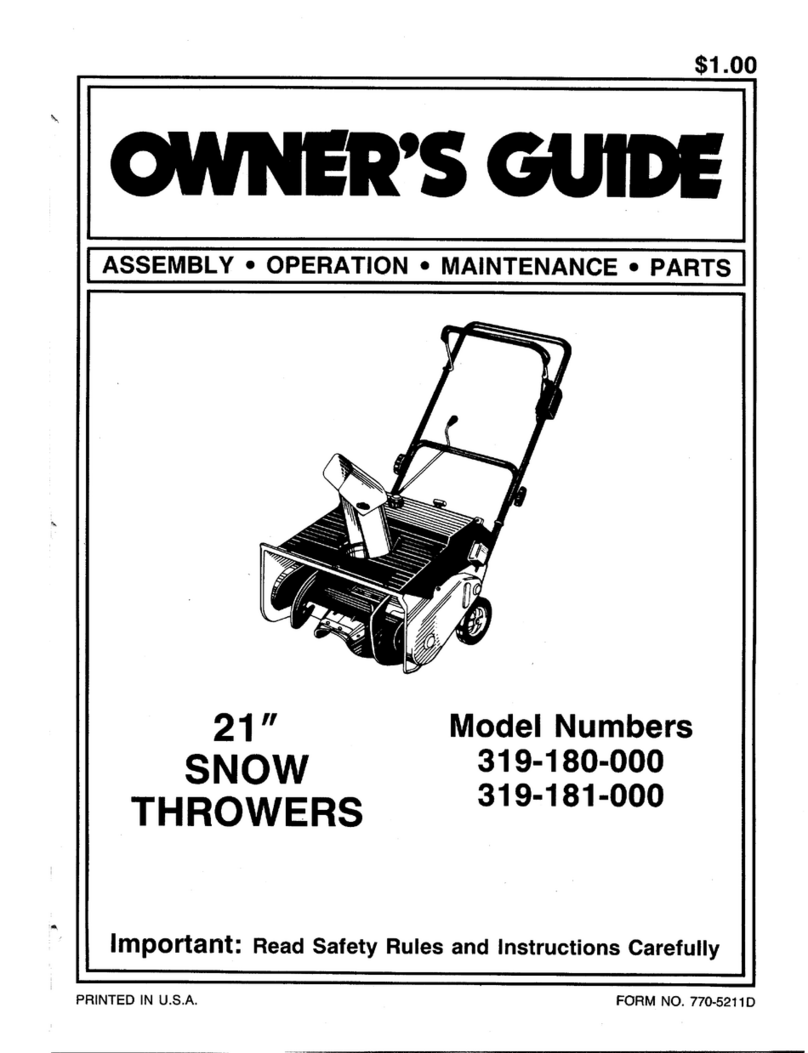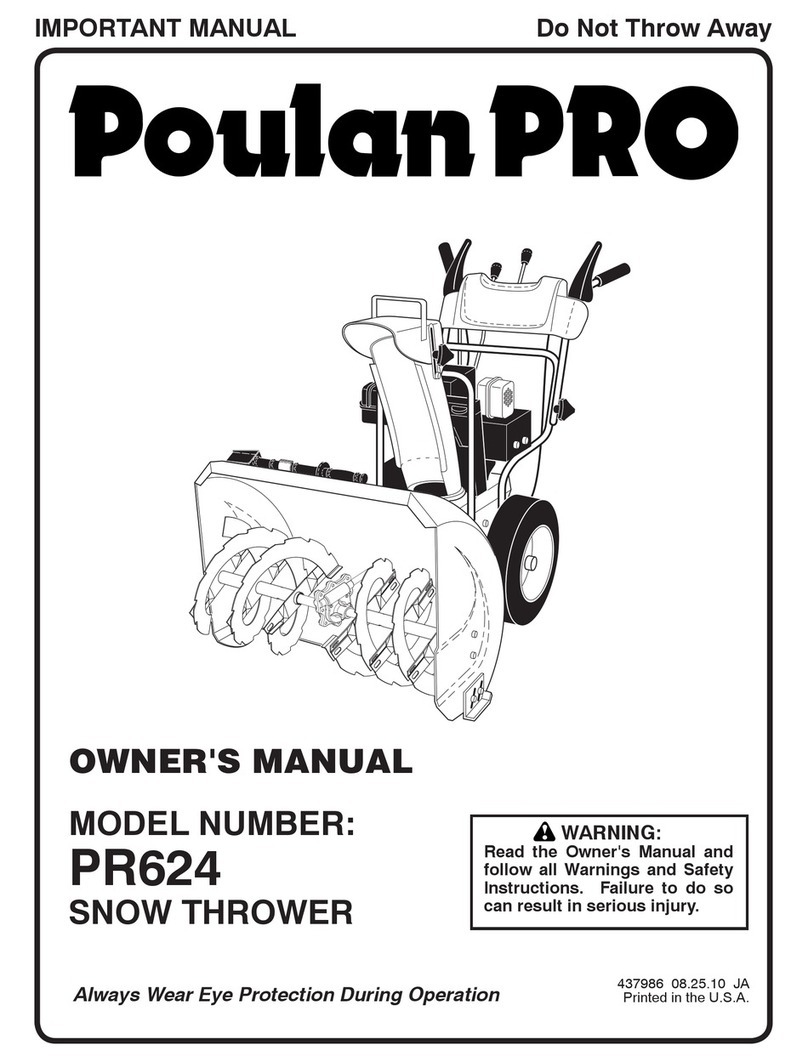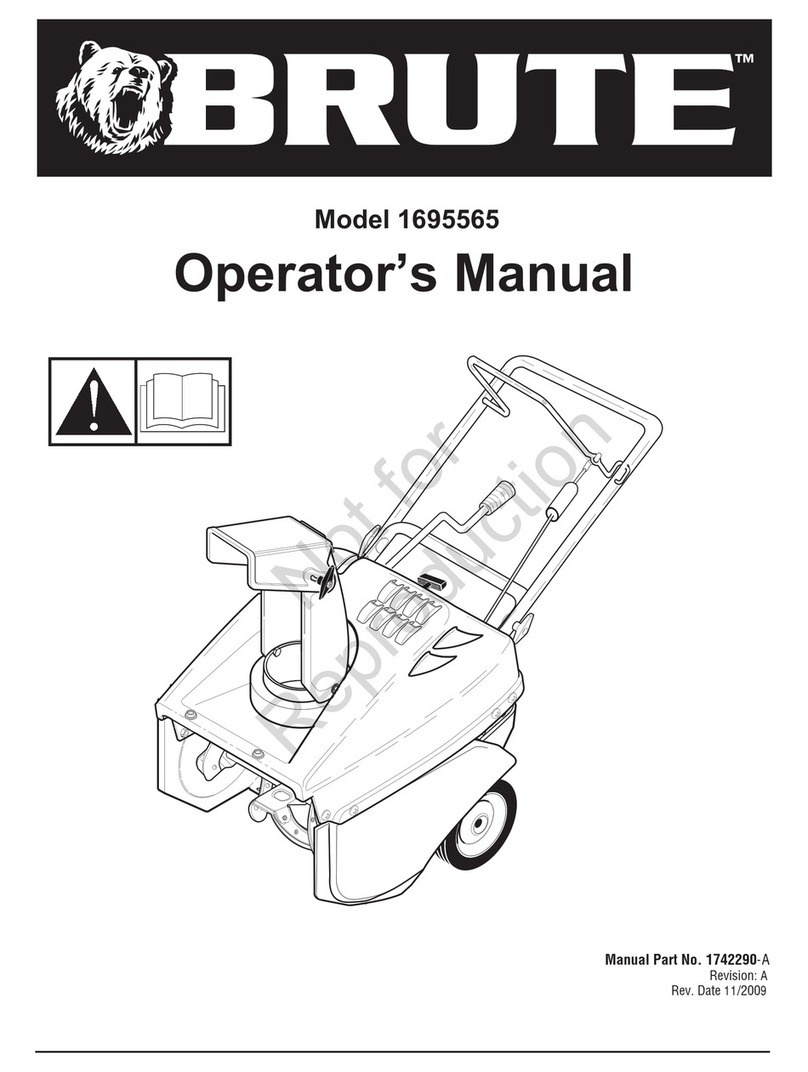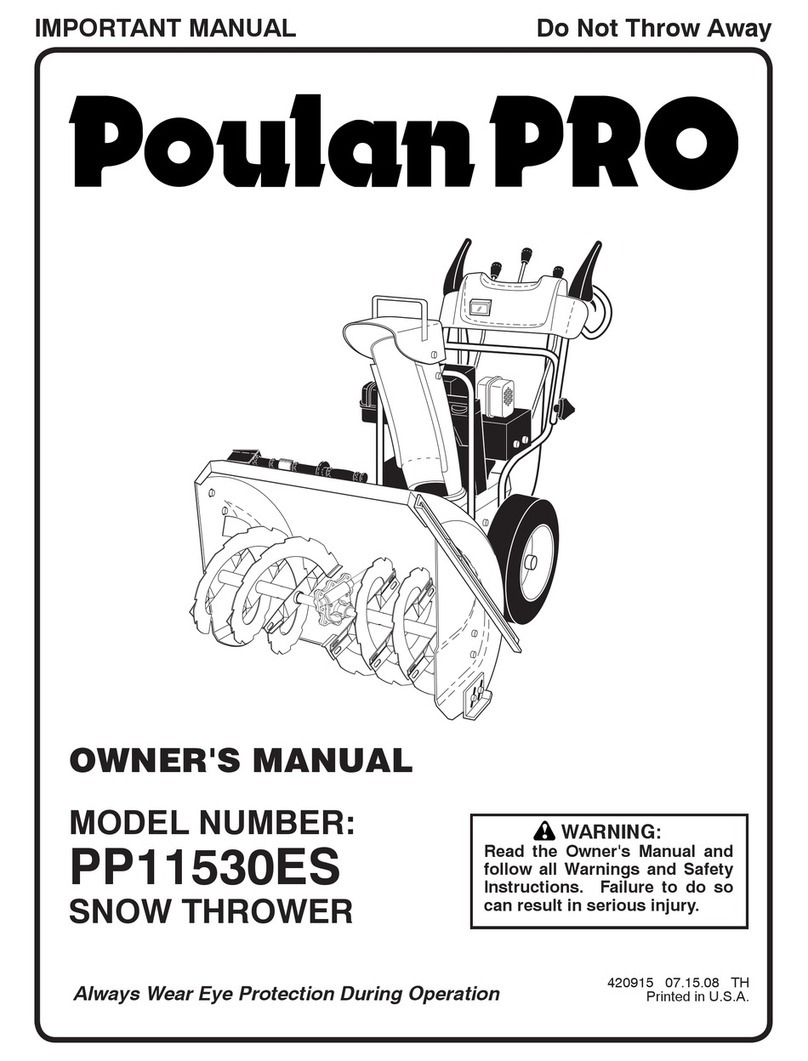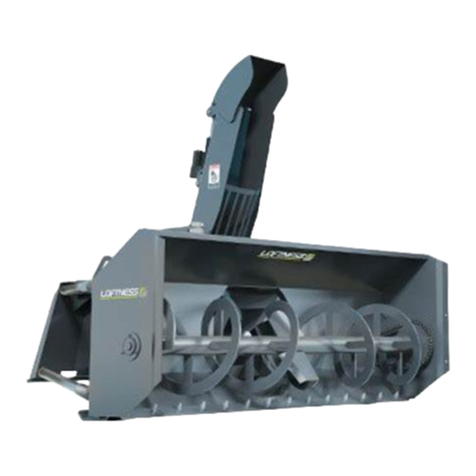CAUTION Damage to the product.
Note This information makes the product easier to use.
General safety instructions
• Use the product correctly. Injury or death is a
possible result of incorrect use. Only use the product
for the tasks found in this manual. Do not use the
product for other tasks.
• Obey the instructions in this manual. Obey the safety
symbols and the safety instructions. If the operator
does not obey the instructions and the symbols,
injury, damage or death is a possible result.
• Do not discard this manual. Use the instructions to
assemble, to operate and to keep your product in
good condition. Use the instructions for correct
installation of attachments and accessories. Only
use approved attachments and accessories.
• Do not use a damaged product. Obey the
maintenance schedule. Only do the maintenance
work that you find an instruction about in this
manual. An approved service center must do all
other maintenance work.
• This manual cannot include all situations that can
occur when you use the product. Be careful and use
your common sense. Do not operate the product or
do maintenance to the product if you are not sure
about of the situation. Speak to a product expert,
your dealer, service agent or approved service
center for information.
• Disconnect the spark plug cable before you
assemble the product, put the product into storage or
do maintenance.
• Do not use the product if it is changed from its initial
specification. Do not change a part of the product
without approval from the manufacturer. Only use
parts that are approved by the manufacturer. Injury
or death is a possible result of incorrect
maintenance.
• Do not breathe in the fumes from the engine. Long
term inhalation of the engine's exhaust fumes is a
health risk.
• Do not start the product indoors or near flammable
material. The exhaust fumes are hot and can contain
a spark which can start a fire. Not sufficient airflow
can cause injury or death because of asphyxiation or
carbon monoxide.
• When you use this product the engine makes an
electromagnetic field. The electromagnetic field can
cause damage to medical implants. Speak to your
physician and medical implant manufacturer before
you operate the product.
• Do not let a child operate the product. Do not let a
person, without knowledge of the instructions
operate the product.
• Make sure that you always monitor a person, with
decreased physical capacity or mental capacity, that
uses the product. A responsible adult must be there
at all times.
• Lock the product in an area that children and
unapproved persons cannot access.
• The product can eject objects and cause injuries.
Obey the safety instructions to decrease the risk of
injury or death.
• Do not go away from the product when the engine is
on.
• The operator of the product is responsible if an
accident occurs.
• Before and while you walk rearward, look behind and
down for small children, animals or other risks that
can cause you to fall.
• Make sure that parts are not damaged before you
use the product.
• Make sure that you are at a minimum 15 m (50 ft)
away from other persons or animals before you use
the product. Make sure that a person in adjacent
area knows that you will use the product.
• Refer to national or local laws. They can prevent or
decrease the operation of the product in some
conditions.
Safety instructions for operation
• Do not put hands or feet near or under rotating parts.
Keep clear of the discharge opening at all times.
• Exercise extreme caution when operating on or
crossing gravel drives, walks, or roads. Stay alert for
hidden hazards or traffic.
• After striking a foreign object, stop the engine
(motor), remove the wire from the spark plug,
disconnect the cord on electric motors, thoroughly
inspect the product for any damage, and repair the
damage before restarting and operating the product.
• If the product starts to vibrate abnormally, stop the
engine (motor) and check immediately for the cause.
Vibration is generally a warning of trouble.
• Stop the engine (motor) whenever you leave the
operating position, before unclogging the auger
housing or chute deflector, and when making any
repairs, adjustments or inspections.
• When cleaning, repairing or inspecting the product,
stop the engine and make certain the augers and all
moving parts have stopped. Disconnect the spark
plug wire and keep the wire away from the plug to
prevent someone from accidentally starting the
engine.
• Do not run the engine indoors, except when starting
the engine and for transporting the product in or out
of the building. Open the outside doors; exhaust
fumes are dangerous.
• Exercise extreme caution when operating on slopes.
• Never operate the product without proper guards,
and other safety protective devices in place and
working.
6797 - 001 -
